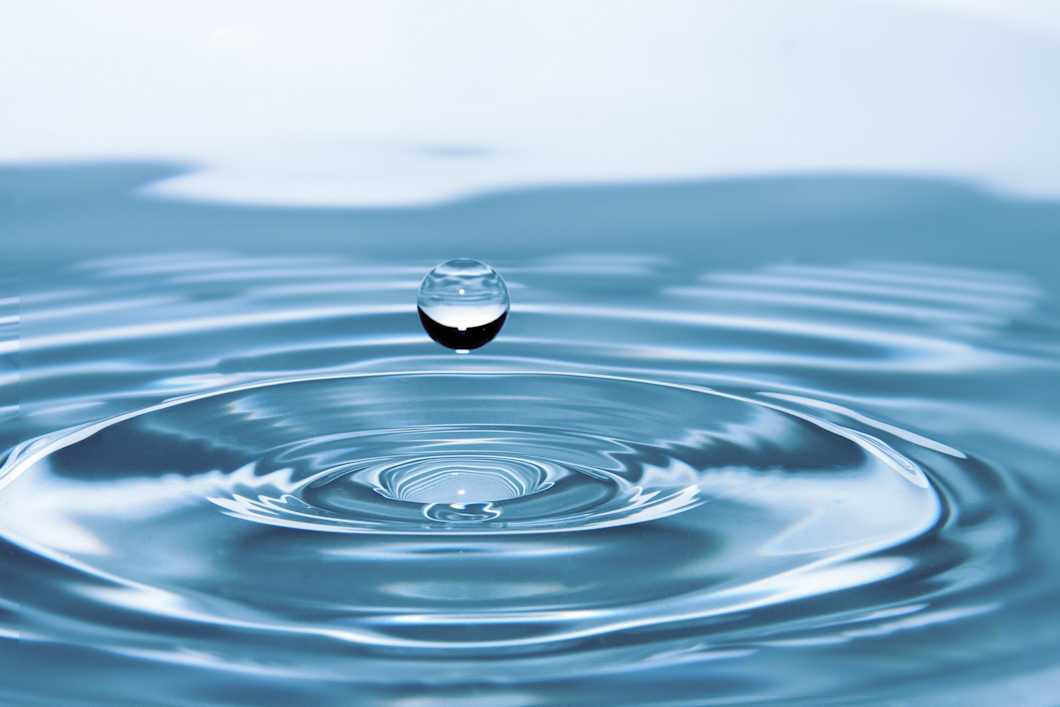Osmolality and osmolarity testing
Osmolality and osmolarity indicate how many dissolved substances a liquid contains. The tests reveal the amount of osmotically active substances in the sample and are used as quality control measurements in many industries, such as pharmaceuticals, supplements, and food production.

See analysis options
Osmolality measurement
Osmolarity measurement
Prices excluding VAT.
What are osmolarity & osmolality?
Osmolarity and osmolality are ways to measure and report the osmometry of a solvent. Osmometry can be expressed in two ways: osmolarity describes the number of solute particles per liter of solvent (osmol/L or Osm/L), whereas osmolality reports the number of osmoles (Osm) of solute per kilogram of solvent (osmol/kg or Osm/kg). Osmolarity is also known as osmotic concentration.
How are osmolarity & osmolality measured?
A typical technique used in osmolality tests is the freezing-point depression test. The freezing point depression osmometer measures the freezing point of the solution to determine its concentration. The freezing point of a solvent lowers when another compound is added. This means that a liquid with dissolved compounds has a lower freezing point than a pure solvent.
The freezing point correlates linearly with osmolality; the higher the osmolality, the lower the freezing point.
What are osmolarity & osmolality used for?
Osmolality analysis gives information about the isotonicity, consistency, formulation, and stability of the sample. Both analyses are often used in the pharmaceutical industry as a quality control measurement before placing liquid drugs on the market. Also, the food industry often uses osmolarity and osmolality analyses for process development and quality control.
Sample preparation and requirements
To obtain reliable results, the sample must have low viscosity. The accuracy of the test may be impaired if the solution is colloidal or has a high concentration of dissolved compounds. Samples with high concentrations of dissolved compounds can be diluted before the analysis to lower the concentration.
Need osmolarity or osmolality measurements?
Measurlabs provides reliable osmolarity and osmolality testing with fast turnaround and competitive pricing. Large sample batches are processed efficiently without compromising accuracy, ensuring timely and precise results.
More than 1,000 companies worldwide have already selected Measurlabs as their testing partner for dependable service and high-quality analyses. Use the form below to request a quote for your project.
Suitable sample matrices
- Aqueous samples
- Liquid pharmaceutical solutions
- Liquid food supplement solutions
- Sports drinks
- Beverages
- Other liquid goods
Ideal uses of osmolality and osmolarity tests
- Analysis gives the exact concentration of osmotically active substances in a solution.
- Tonicity is a key measurement for finding out the drug absorption qualities.
- The method is used to measure tonicity of sports drinks.
- Quality control of liquid pharmaceuticals and supplements.
Ask for an offer
Fill in the form, and we'll reply in one business day.
Have questions or need help? Email us at info@measurlabs.com or call our sales team.
Frequently asked questions
Osmolality and osmolarity are often used in the pharmaceutical industry as a quality control measurement before liquid drugs are released to market.
Osmolality analysis gives information about isotonicity, consistency, formulation, and stability.
The analysis gives insight into process development, brewage, and food product quality control.
Sample should have low viscosity.
Accuracy of the test decreases if the sample has very high molarity. Samples with high concentrations of dissolved compounds can be diluted before the analysis to lower the concentration.
Liquid samples with not too high viscosity and not too high concentration.
Osmolalitys definition is Osmoles of solute per kilogram of solvent (osmol/kg or Osm/kg)
Osmolaritys definition is Osmoles of solute per liter of solution (osmol/L or Osm/L)
Measurlabs offers a variety of laboratory analyses for product developers and quality managers. We perform some of the analyses in our own lab, but mostly we outsource them to carefully selected partner laboratories. This way we can send each sample to the lab that is best suited for the purpose, and offer high-quality analyses with more than a thousand different methods to our clients.
When you contact us through our contact form or by email, one of our specialists will take ownership of your case and answer your query. You get an offer with all the necessary details about the analysis, and can send your samples to the indicated address. We will then take care of sending your samples to the correct laboratories and write a clear report on the results for you.
Samples are usually delivered to our laboratory via courier. Contact us for further details before sending samples.